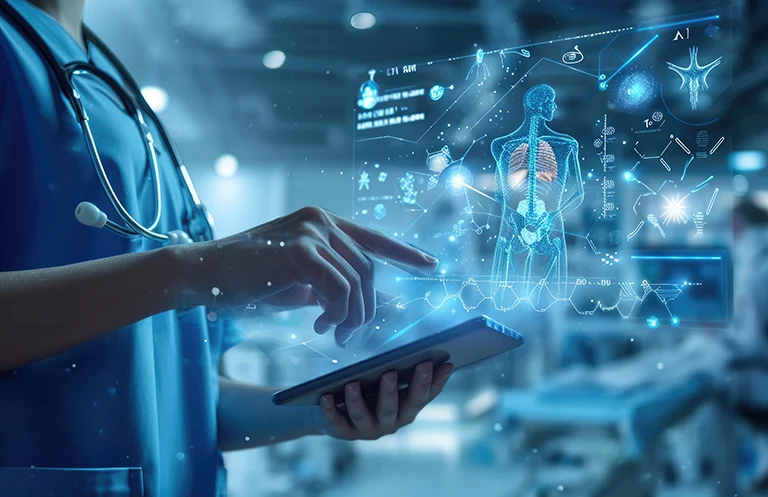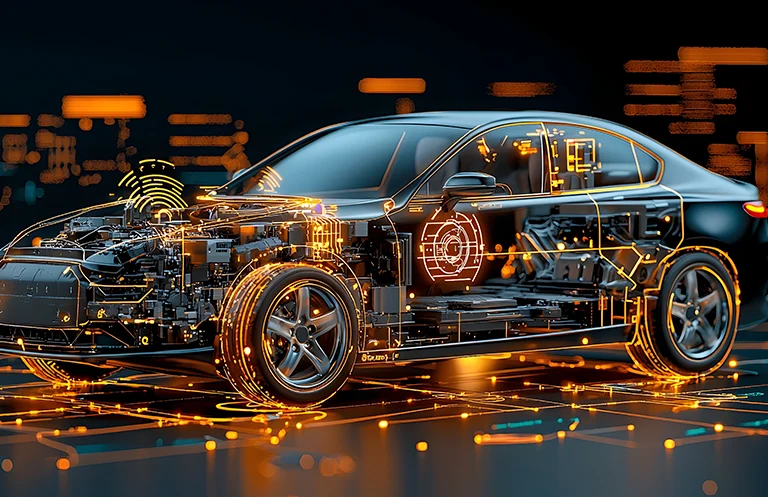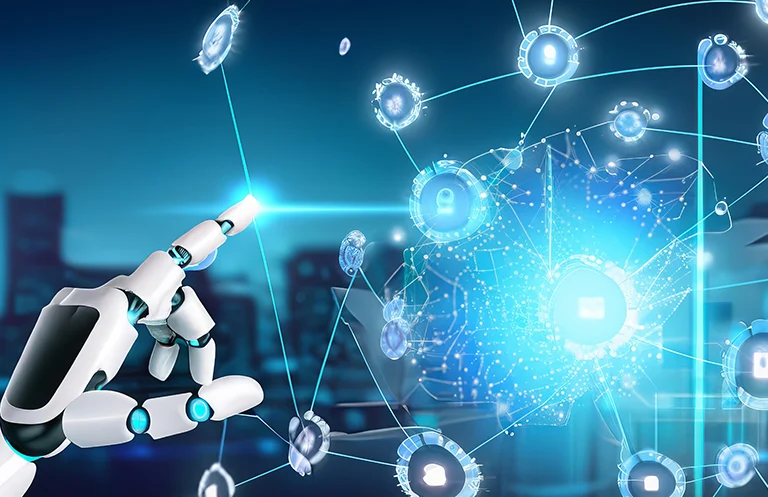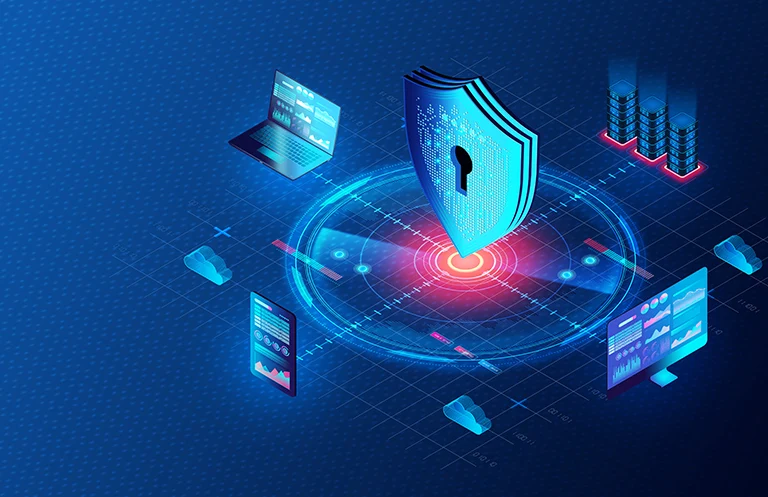With the internet and wireless technology reaching to billions now, IoT has become ubiquitous. It has reached our homes, the vehicles we drive and the city we live in. Hence, each of us is generating a very high volume of data with the Internet of Things. Cisco predicts that by the end of 2021, IoT will generate 847 zettabytes of data per year and this number will grow exponentially.
RELATED BLOG
Considering the rapid growth of IoT and connected devices, there is a thriving need among organizations to make sense of this IoT data with IoT analytics to extract important business insights that can be used as a competitive advantage and informed decision-making. For example, visualizations, reports, and alerts generated with real-time IoT data of an ecommerce website can be directly used to provide better customer experience. According to the Grand View Research, the global IoT analytics market size is expected to reach USD 57.3 billion by 2025 at a CAGR of 29.7%. However, when it comes to analyzing IoT data, it has its own challenges.
Challenges of Analyzing IoT Data
IoT data come in huge volumes, are highly unstructured, and differ in terms of variety (text, image or videos). Moreover, while the operational technology relates to the data collected from temperature sensors, pressure sensors, tablets, smart manufacturing devices/tools, etc., the information technology relates to the data collected from enterprise systems, legacy systems, ERP, CRM, and finance systems. Looking at only the OT or IT data in silos will not provide the necessary results. The OT and IT data have to be combined to make sense. Unfortunately, traditional analytics tools and technologies are designed to look at only the IT data and do not work directly on this combined dataset.
RELATED BLOG
Moreover, cleansing of OT data from the noise, corrupt, and false readings is one of the major challenges in the IoT environment. For example, in a smart home system, to know when to proactively replace sensor batteries at the customer’s place for better service, a vendor will require customer transaction data from the enterprise systems as well as sensor data like device status, metadata, etc. Securely managing the IoT data, before passing for dashboard generation is another challenge posed when carrying out IoT analytics.
How IoT analytics helps in gaining important business insights
IoT analytics encompasses data collection from OT and IT data sources and subsequent storage, processing, integration, visualization, and analytics to generate useful and actionable business insights.
There are various use cases for which IoT analytics can be applied. For home security and automation, data collected from different smoke, temperature, humidity, alarm sensors, etc., can be combined with customer data to enhance customer lifestyle experience, provide proactive data-driven services and bring in more operational efficiencies through remote monitoring, visualization, and troubleshooting.
In a smart building area, energy utilization dashboards can aid in sensor control, identifying specific times to heat or cool rooms, finding air quality threats, and deploying predictive fixes and maintenance. A study by Texas Instruments indicates that in HVAC and lighting IoT solutions and Services, energy use can be cut by 40% just by sensor control. The same study also indicates that thermal comfort improves human productivity by 3%, impacting the bottom line.
In the retail industry, video analytics on the data collected from IP cameras can be used to check the theft detection and sweet heartening, to monitor entries and exit, etc. Also, the data from temperature tags and humidity sensors in the retail store can be used for forecasting shelf space replenishment, perishables, etc. Data from digital shelves can be used for real-time price and discount offers to customers.
Thus, there is a huge opportunity and value to be unlocked from edge data in combination with enterprise data to mine valuable intelligence through IoT analytics.
eInfochips has expertise in providing edge analytics to help clients in a highly-scalable, reliable, and cost-efficient infrastructure with custom solutions for IoT and Cloud. To know more, get in touch with us.












